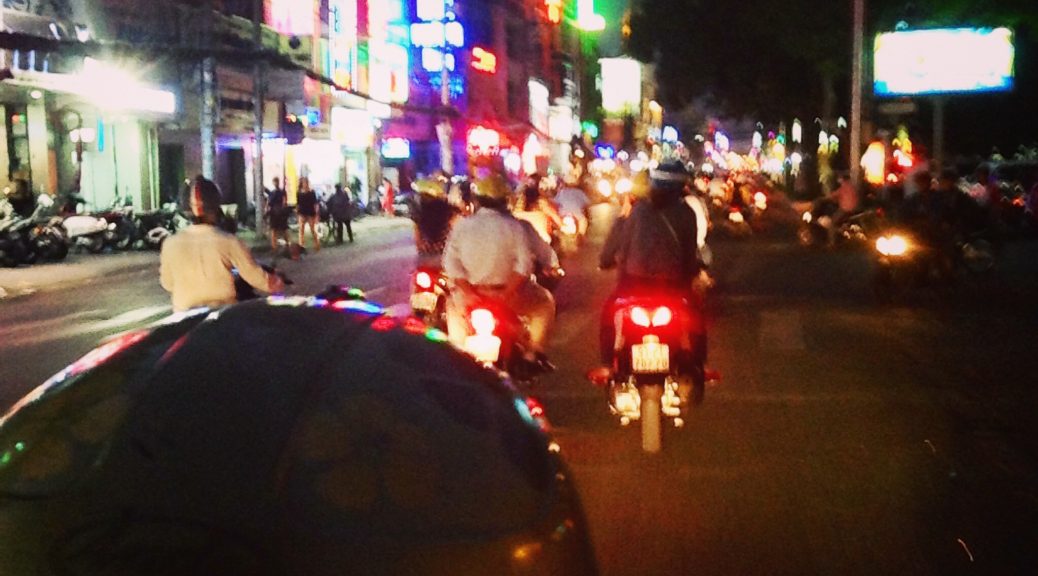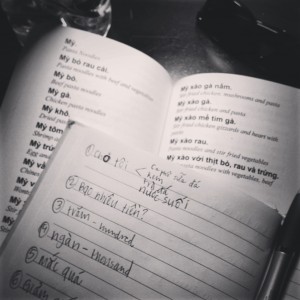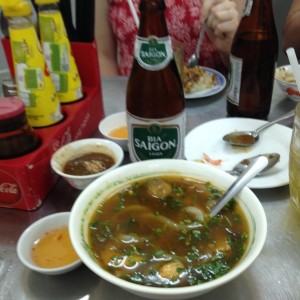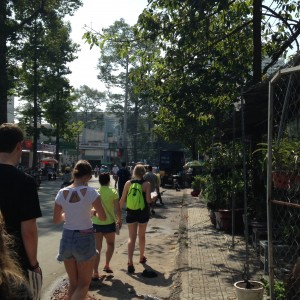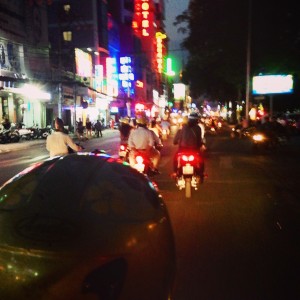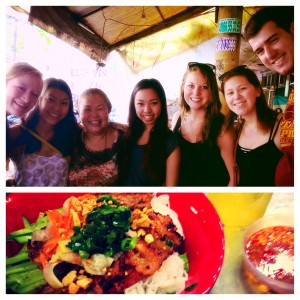VietNomz.
Food. One of the main reasons I wanted to study abroad in Vietnam. Hello… Vietnamese food is delicious! I must be honest about a few things:
Surprisingly, I do not crave “American” food! I find myself craving Vietnamese dishes over macaroni and cheese or whatever it is that we Americans eat. Now, don’t get me wrong, I miss my mama’s cookin’ and other Southern food, but interestingly enough I have found some similar dishes and ingredients that subside my nostalgia for Mississippi cookin’.
I have not encountered a dish that I absolutely hate or cannot eat. Granted, I’m not a picky eater, so I am fortunate in that aspect. This is not to say that there are dishes that I’m not crazy about… of course! But, every dish has been different and great!
Enough about me, (I’m alive and well Mom and Dad)… now, about Vietnamese food. I believe the dishes here are so incredible because most vendors only serve one dish; therefore, focusing on, specializing in, and perfecting a single dish.
Another reason the food is so delicious, there are no preservatives! Vendors prepare enough food for the day and that is all. There are no freezers, either. Once the daily prepared food has sold out – that’s it… the vendor closes shop for the day.
Here are some dishes that I recommend trying while traveling to Vietnam: (Please note: these dishes are primarily based in Saigon or Southern Vietnam aka the Southern dialect. These dishes may have different names or may not be available in the North.)
Bún thịt nướng
Literally translated means “rice noodles with grilled meat”. This dish consists of rice vermicelli noodles topped with grilled pork, a fried spring roll, peanuts, pickled carrots, bean sprouts, lettuce, and fresh herbs like mint and basil. Typically, the locals drizzle fish sauce over the dish then mix everything together before eating. I love the sweet, savory, and herby flavor.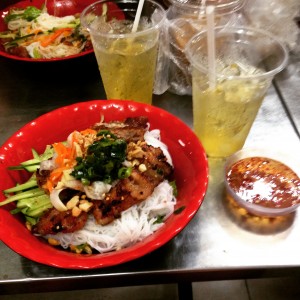
Bánh mì
The term “Bánh mì” is a Vietnamese baguette, which can be used for sandwiches or as a vehicle for transferring broth to your mouth! I have grown too accustomed to enjoying these delicacies on a regular basis. They are delicious and readily available at all times of the day and night. This French-inspired sandwich is served on a split baguette with an array of toppings depending on which vendor you choose. Typical ingredients include: mayonnaise, pate, sliced pickled carrots and daikon, cucumber slices, sprigs of cilantro, tuong ot (Vietnamese chili sauce… NOT Sriracha), sprinkle of soy sauce, and chili pepper slices if you please. My go-tos include Bánh mì Heo Quay (Baguette with rotisserie pork) and Bánh mì Op La (Baguette with fried egg).
Cơm tấm sườn nướng
This dish is very simple but absolutely delicious. It consists of broken rice, a thin, grilled pork chop, a fried egg, cucumbers, tomatoes, and fish sauce on the side.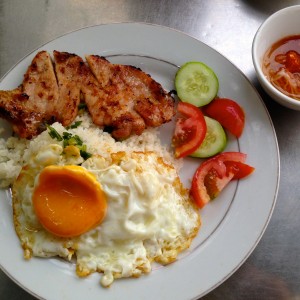 Bún chả
Bún chả
I think this dish is so fun to eat! You have freedom to eat it however you please. Essentially you are served the ingredients necessary to form either a bowl of noodles, a lettuce wrap, or a salad. Holy options! This dish includes: white rice noodles, fatty grilled pork in sour sauce, pickled vegetables in same sauce as meat, a huge plate of fresh herbs like mint and basil, lettuce leaves, and fish sauce.
Each part of the dish is served separately so you can feel free to mix, roll, and wrap as you please.
Bít tết
This heavier meal translates to “beefsteak” and is the ultimate meat and potatoes kind of meal. This thin beef meat has no bones and has a very simple marinate then cooked in a cast iron skillet with pate and an egg. This dish also comes with fried potatoes, salad/fresh vegetables such as onions, tomatoes, cucumbers, and lettuce, and on the side is Bánh mì (just the baguette, not the sandwich) to sop up the delicious pan drippings. Yum!
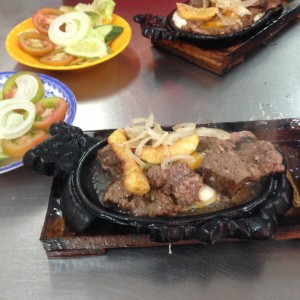
Bún riêu
A crab-based rice vermicelli soup with clumps of boiled crab meat, coagulated pig’s blood, shrimp, and tomato. The broth is a very special part to this dish. According to a Vietnamese friend, the broth is made by muddling crab meat for nearly an hour. Then, once you muddle “a lot, a lot” of crab meat, the result is a delicious crab paste. You then strain the crab paste and use this as the main ingredient for the broth… yum. The crab meat is added later on for boiling and as a result floats to the top of the soup. These floating bits of crab meat having absorbed the crab broth flavors are my favorite part.
Bún ốc
Sea snail soup served with vermicelli noodles, tomatoes, fried tofu, coagulated pork blood. At first glance, this dish has similar ingredients to Bún riêu but the main ingredients and broths are completely different – trade the crab for sea snails.
Bún bò Huế
This dish originates from Huế – a city in the central region that was the imperial capital city of Vietnam during the Nguyen dynasty. An assortment of ingredients here includes thinly sliced beef, coagulated pig’s blood, oxtail in some cases, boiled beef shanks, and rice vermicelli noodles. This dish has tremendous flavor! It is often served with lime wedges, fresh herbs like cilantro, basil, mint, banana blossoms, cabbage, and so on…
Hủ Tiếu
This specific type of Hu Tieu is called Hu Tieu Nam Vang. Another noodle dish that can be served with or without broth and this particular dish consists of shrimp, lean meat, pig heart, liver, quail egg, bean sprouts, chives, thread noodles and broth that is made with broth from pork bones.
Phở Bò/Gà
If you have heard of Vietnam, you have most likely heard of Phở which is pronounced (Fuuh). It is absolutely delicious and the perfect meal for breakfast. (WHAT??) Seriously. I have grown accustom to eating a warm bowl of rice noodles, delectable broth, fresh herbs, and chicken or beef. My favorite pho is from the northern part of Vietnam; however, the southern version is not shabby either!
More dishes for your viewing pleasure:
Mi Quang
Bo Kho
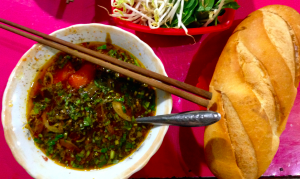
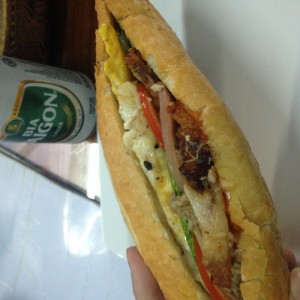
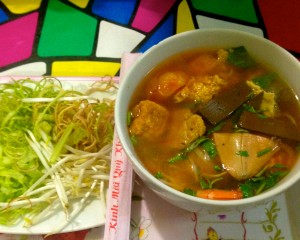

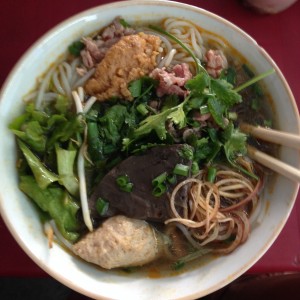

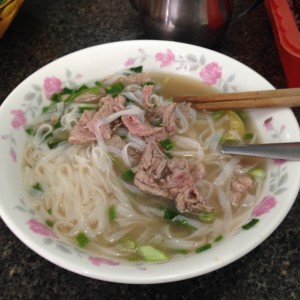

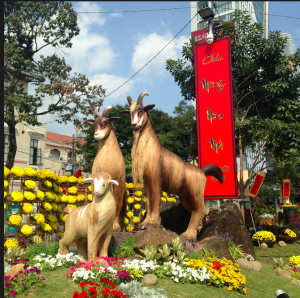
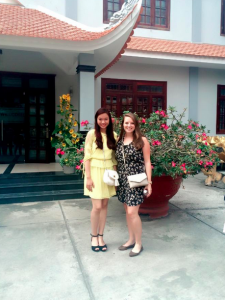
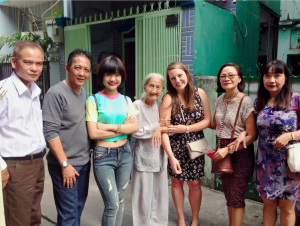
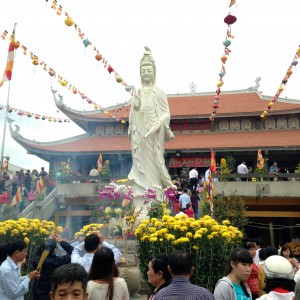
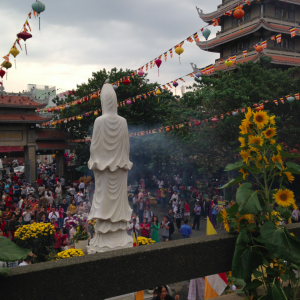
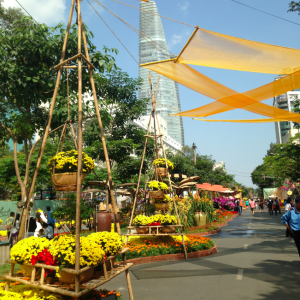
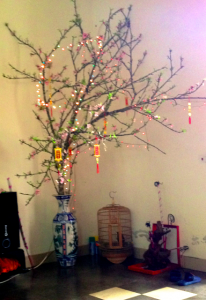
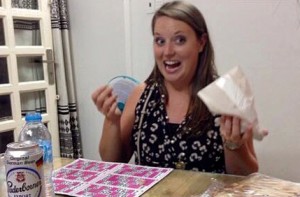
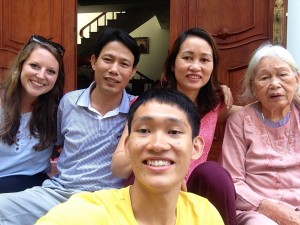
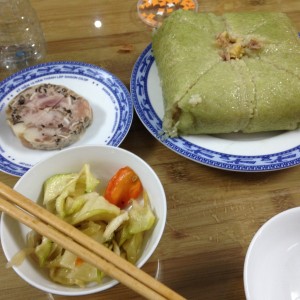
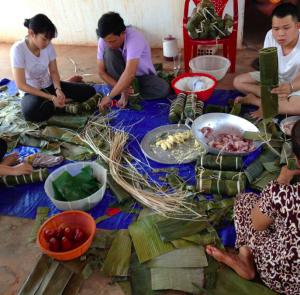
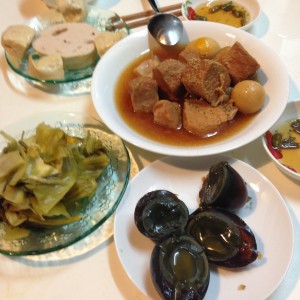
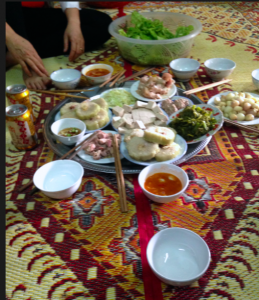
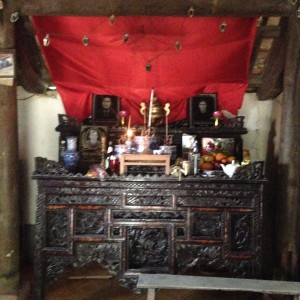
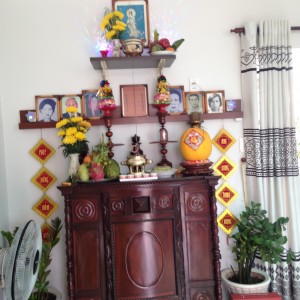
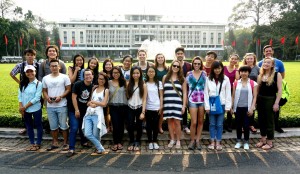
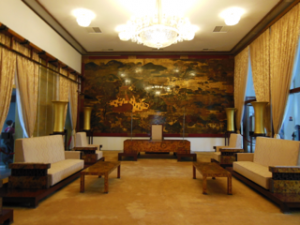
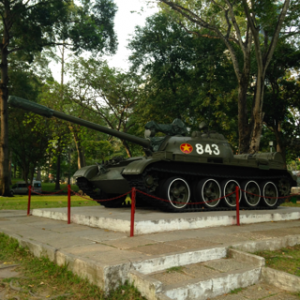 This building is directly associated with the fall of Saigon in 1975. On April 30, 1975, communist tanks arrived in Saigon – barreling through the iron gates surrounding the palace. Many photojournalists captured this event. From the footage I have seen, everything has remained in tact, as though nothing has changed.
This building is directly associated with the fall of Saigon in 1975. On April 30, 1975, communist tanks arrived in Saigon – barreling through the iron gates surrounding the palace. Many photojournalists captured this event. From the footage I have seen, everything has remained in tact, as though nothing has changed.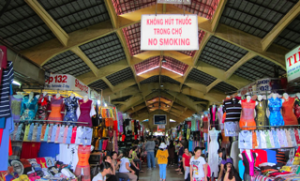
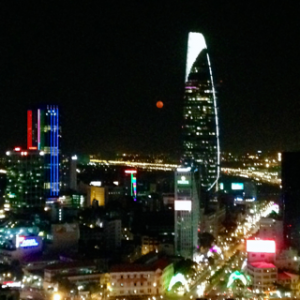
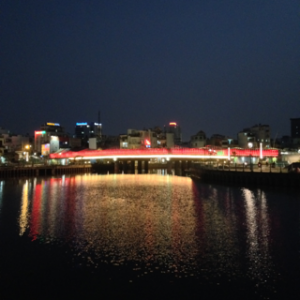
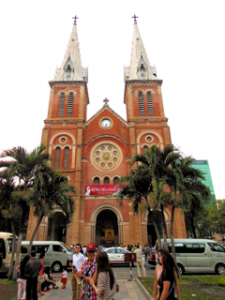
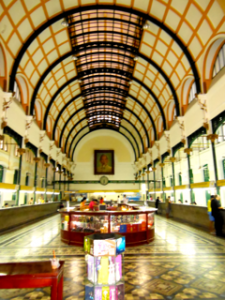
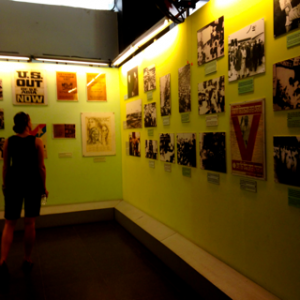 Most of the American students in the program agreed that our knowledge of the Vietnam War was very limited. More often, high school history classes teach specific dates and players but very rarely understand how American soldiers were affected or even how the Vietnamese were affected. I feel fortunate to have a Vietnam War section in my senior Honors English class. We studied war photographs and read American solider perspectives for a better understanding of what occurred. While I learned how Americans were affected, I only learned a glimpse of how the Vietnamese were affected. For example, no textbook will discuss the inhumane torture techniques in American prisons. (If you are interested, research “tiger cages”). This museum depicts the war’s affects on the Vietnamese.
Most of the American students in the program agreed that our knowledge of the Vietnam War was very limited. More often, high school history classes teach specific dates and players but very rarely understand how American soldiers were affected or even how the Vietnamese were affected. I feel fortunate to have a Vietnam War section in my senior Honors English class. We studied war photographs and read American solider perspectives for a better understanding of what occurred. While I learned how Americans were affected, I only learned a glimpse of how the Vietnamese were affected. For example, no textbook will discuss the inhumane torture techniques in American prisons. (If you are interested, research “tiger cages”). This museum depicts the war’s affects on the Vietnamese.